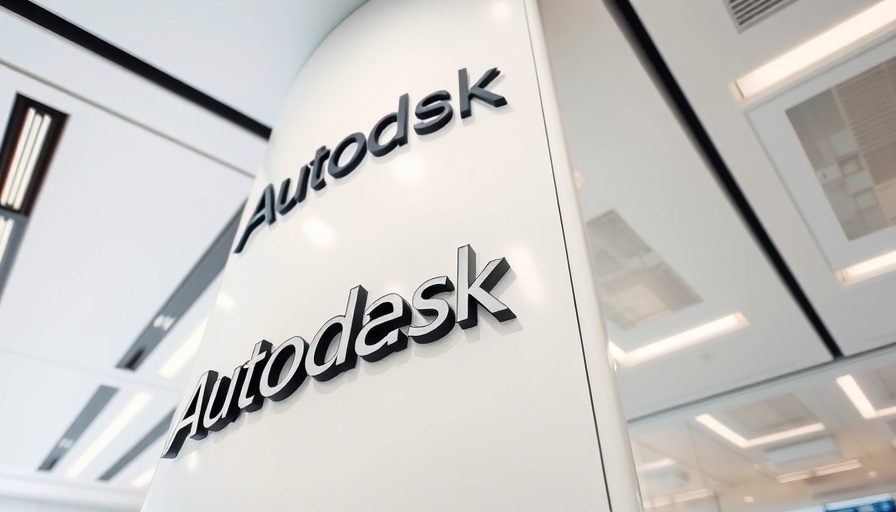
Significant Stock Surge: Autodesk's Strong Quarter
Shares of Autodesk Inc. have surged over 9% in after-hours trading following the release of a robust second-quarter earnings report that exceeded market expectations. A pivotal factor in this remarkable performance is Autodesk’s flagship product, AutoCAD, which has undergone significant artificial intelligence enhancements. With AI now enabling the software to elucidate project details and generate drawings automatically, Autodesk remains at the forefront of technology applicable to data center design and architectural projects.
AI's Positive Impact on Financials
The tech industry's escalating investment in AI-driven data centers significantly bolstered Autodesk's financial standing. CFO Janesh Moorjani noted that Autodesk saw remarkable growth in the architecture, engineering, construction, and operations (AECO) sectors, particularly as clients directed resources into infrastructure projects, which compensated for the softening demand in commercial sectors.
Revenue and Growth: Insights from Autodesk's Q2 Report
In the second quarter, Autodesk reported a revenue increase of 17%, totaling $1.76 billion, surpassing analysts' forecasts by 2%. A substantial portion of this revenue growth stemmed from the AECO initiative, with sales climbing to an impressive $878 million. The company’s strategic transition to a direct billing model earlier in the year appears to have paid dividends, contributing $105 million to the second-quarter revenue.
Management's Strategic Decisions Yielding Results
Autodesk's restructuring efforts led to the laying off of approximately 1,350 employees, or 9% of its workforce, aimed at enhancing sales and marketing efficiency. This optimization phase is expected to yield greater operating margins over time, with the adjusted operating margin for the second quarter standing at a remarkable 39%. The resulting adjusted earnings per share of $2.62 surpassed the expected $2.45, confirming the effectiveness of Autodesk’s forward-looking strategies.
Elevated Forecasts Amidst Sustained Demand
As a response to burgeoning demand, Autodesk has updated its full-year guidance, now forecasting revenue between $7.025 billion and $7.075 billion. This represents a marginal increase over analyst expectations. Furthermore, the anticipated adjusted earnings per share is positioned to reach between $9.80 and $9.98, reflecting a robust outlook that is significantly above projections.
The company’s transition towards embracing AI and its implications for revenue solidifies Autodesk's position in the tech industry. Business leaders looking to navigate the intersection of technology and finance should take note of Autodesk's growth trajectory. Embracing innovation and strategic shifts can provide substantial competitive advantages in a rapidly evolving market landscape.
 Add Row
Add Row  Add
Add 










Write A Comment